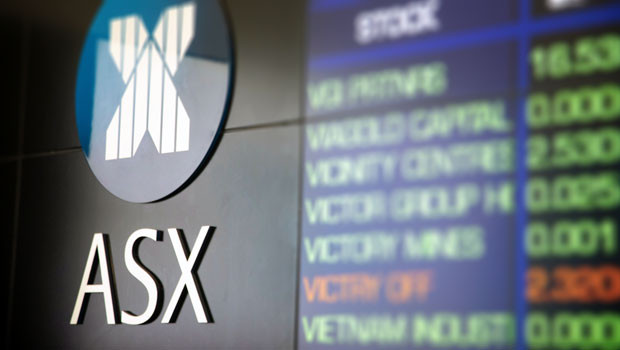Asia report: Markets higher despite rise in Aussie inflation

Markets in the Asia-Pacific region were mostly in the green on Wednesday, as chip stocks followed Nvidia’s rise on Wall Street overnight.
Australian inflation was also in focus, with the latest data coming in higher than anticipated.
“Choppy Asian stock markets as they awaited new catalysts, with the Australian dollar appreciating in response to faster-than-expected inflation statistics,” said TickMill market analyst Patrick Munnelly.
“Mainland China and Australia's equity indices fell, while Japan, South Korea, and Taiwan's indices increased.
“US stock futures remained unchanged in Asian trade following a rally in Nvidia shares on Tuesday.”
Munnelly noted that Australia’s inflation data indicated persistent high price pressures, strengthening the case for central bank interest rate hikes, leading to an increase in the Australian dollar and bond yields.
“The yen’s proximity to the psychologically significant threshold of JPY 160 per dollar may raise concerns about intervention if breached.”
Tech stocks lead most markets higher
In Japan, the Nikkei 225 reached a two-month high, closing at 39,667.07 with a 1.26% gain, while the Topix rose 0.56% to 2,802.95.
The surge on Tokyo’s benchmark was driven by semiconductor stocks, with Advantest soaring 7.02%, Sumitomo Dainippon Pharma up 7%, and Tokyo Electron increasing by 3.63%.
In mainland China, the Shanghai Composite rose 0.76% to 2,972.53, and the Shenzhen Component climbed 1.55% to 8,987.30.
Notable gainers included Chongqing Construction Engineering Group, Shanghai Chengdi Construction, and Sichuan Golden Summit Group, each up over 10%.
The Hang Seng Index in Hong Kong saw a modest increase of 0.09%, closing at 18,089.93.
Major contributors were NetEase, which jumped 6.06%, China Mengniu Dairy, up 5.02%, and Sino Biopharmaceutical, gaining 4.92%.
South Korea’s Kospi index rose 0.64% to 2,792.05, as SK Square led the charge with a 6.9% increase, followed by Coway at 6.76% and SK Hynix at 5.33%.
Contrary to the region's upward trend, Australia’s S&P/ASX 200 fell by 0.71% to 7,783.00 following the announcement of higher-than-expected inflation in May.
Major decliners included Summerset Group Holdings, down 9.07%, Harvey Norman Holdings, which dropped 8.3%, and Capricorn Metals, down 4.89%.
New Zealand’s S&P/NZX 50 gained 1.01%, closing at 11,835.02.
Leading stocks were Skellerup Holdings, up 3.68%, Vista Group International, increasing by 3.6%, and Meridian Energy, rising 3.59%.
In currency markets, the dollar was last up 0.19% on the yen to trade at JPY 160.01, but weakened 0.38% against the Aussie to AUD 1.4987.
The greenback also rose on the Kiwi, advancing 0.29% to change hands at NZD 1.6383.
On the oil front, Brent crude futures increased 0.79% on ICE to $85.68 per barrel, while the NYMEX quote for West Texas Intermediate rose 0.89% to $81.55.
Consumer inflation rises in Australia, Singapore manufacturing output rebounds
In economic news, Australian consumer inflation accelerated to a six-month high in May, surprising traders and increasing the likelihood of another interest rate hike this year.
The Australian Bureau of Statistics reported on Wednesday that the monthly consumer price index (CPI) rose at an annual rate of 4.0%, up from 3.6% in April, surpassing market expectations of 3.8%.
Core inflation, measured by the trimmed mean, also reached a six-month high at 4.4%, up from 4.1%.
The unexpected rise in inflation led financial institutions to adjust their forecasts.
UBS and Deutsche Bank now anticipated a rate hike in August, while the National Australia Bank has pushed back its projection for the first rate cut to May 2025 from its previous forecast of November this year.
In Singapore, manufacturing output rebounded in May, driven by a recovery in the key electronics sector.
Total manufacturing output increased by 2.9% year-on-year, exceeding the predicted 1.4% expansion from a Bloomberg poll.
That followed a revised 1.2% decline in April and a significant 9.2% contraction in March.
Reporting by Josh White for Sharecast.com.